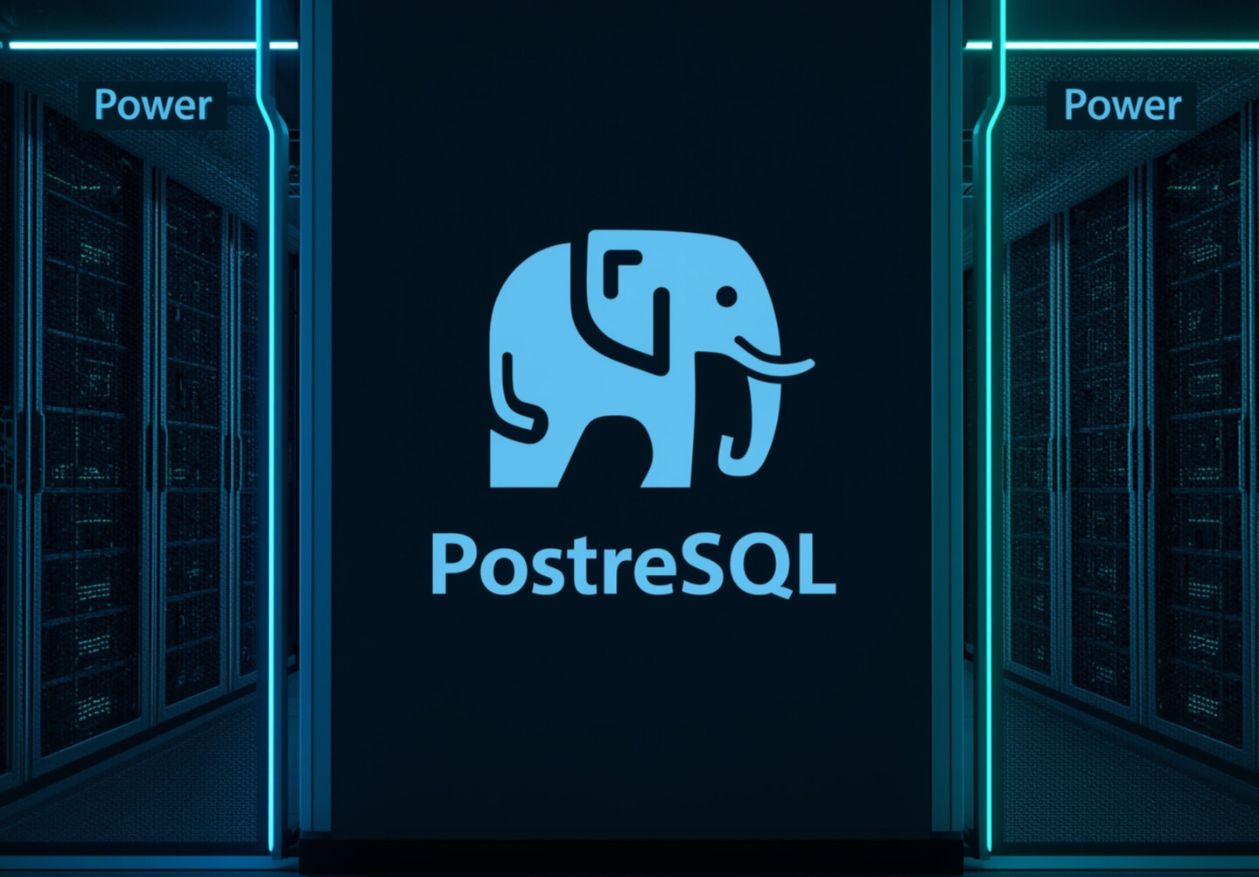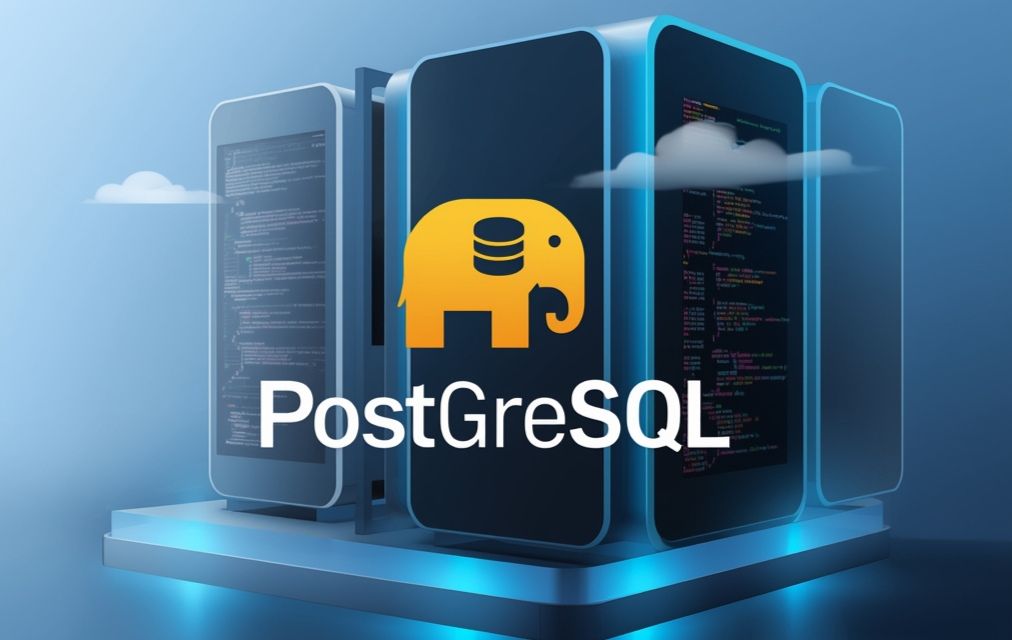PostgreSQL has earned a reputation as one of the most powerful open-source relational databases, valued for its reliability, extensibility, and strong SQL compliance. In the most recent Stack Overflow Developer Survey, PostgreSQL is used by 49% of developers and the most popular database for the second year in a row. Yet as modern applications demand more scalability, faster analytics, and the ability to handle massive data streams, teams have looked for ways to push PostgreSQL beyond the limits of a single node.
That’s where Citus comes in. Originally developed as an open-source extension to PostgreSQL, Citus transforms a single-node database into a distributed cluster. This architecture enables horizontal scaling, parallel query execution, and support for massive datasets—without abandoning the PostgreSQL ecosystem you already know and trust.
Today, Citus is driving innovation across a variety of industries, from SaaS to FinTech, IoT, and AI-powered analytics. In this blog, we’ll explore five verified and emerging use cases for Citus that demonstrate how development teams are taking PostgreSQL performance to the next level. Read our earlier article to understand how Citus for PostgreSQL works.
1. Real-Time Analytics & Operational Dashboards
If you’ve ever tried to power a real-time dashboard off a traditional single-node PostgreSQL instance, you know how quickly performance can suffer. In data-intensive industries, the speed of insight can define competitive advantage. Nowadays, many companies run customer-facing dashboards that query billions of events and return results in fractions of a second. Achieving that with a traditional single-node PostgreSQL setup can be challenging, especially under high ingestion rates.
Citus changes this dynamic through distributed query execution and parallel processing. This means when a query runs, it doesn’t have to be handled by just one CPU or storage engine—it’s spread across multiple worker nodes, each holding part of the dataset. This parallelism turns queries that once took many seconds into results delivered almost instantly.
For real-time analytics workloads, this unlocks:
- Sub-second query responses for billions of rows, enabling truly interactive dashboards
- Massive ingestion capacity so data streams can be written and aggregated without bottlenecks
- Integrated OLTP + OLAP capabilities in the same PostgreSQL cluster, removing the need to maintain separate OLAP systems
Marketing teams use this setup for behavioral segmentation dashboards, tracking customer activity in real time. Operational teams deploy it to monitor infrastructure health, supply chain metrics, or IoT device performance. Because Citus is a PostgreSQL extension, these dashboards integrate seamlessly with visualization tools like Grafana, Apache Superset, or custom React-based analytics portals.
Digging deeper into the architecture, Citus distributes event data across shards, each residing on a different worker node. The coordinator node receives incoming analytical queries and breaks them into smaller subqueries sent to the relevant shards. Those shards process the request in parallel, sending aggregated results back to the coordinator for final assembly. This parallelism is the reason complex queries that might take tens of seconds in a monolithic PostgreSQL instance can complete in milliseconds on a Citus cluster.
Another advantage is that real-time ingestion and analytics happen in the same database, meaning there’s no need to ETL data into a separate system like Apache Druid or ClickHouse. This simplifies pipelines, reduces latency, and lowers operational complexity. For teams with strict SLAs for dashboard refresh rates, Citus provides predictable performance even under unpredictable workloads. Read more in our article: Real-Time Dashboards at Scale: How Citus for PostreSQL Powers High-Speed Analytics
2. Multi-Tenant SaaS Applications
For SaaS providers, database architecture is often the most critical component of scaling their platform. As the customer base grows from dozens to thousands of tenants, database contention and uneven workload distribution can erode performance.
Citus addresses this by allowing developers to shard data per tenant, either at the schema level (each tenant gets its own schema and tables) or at the row level (tenant ID determines the shard placement). These shards are then distributed across multiple nodes, ensuring:
- Performance isolation so heavy workloads from one tenant don’t impact others
- Elastic scalability as you can add more nodes when the tenant base grows
- Operational simplicity without writing custom sharding logic
For example, a B2B SaaS platform serving thousands of SMB customers might distribute tenant data across a five-node Citus cluster. When onboarding a large enterprise client with heavier data demands, administrators can allocate more resources or isolate that tenant’s data on dedicated nodes.
Because Citus maintains PostgreSQL compatibility, all the familiar indexing, JSONB support, and ACID transaction guarantees remain intact, making it easier for teams to adopt without a steep learning curve.
From an implementation perspective, each tenant’s data gets mapped to one or more shards based on the chosen distribution key. When a tenant-specific query runs, the coordinator routes it only to the shards that contain that tenant’s data, avoiding unnecessary cross-node communication. This targeted routing preserves query performance even as the total dataset spans hundreds of billions of rows.
Another benefit is simplified database maintenance and upgrades. With Citus, tenants can be rebalanced across nodes with minimal downtime, allowing SaaS providers to scale in line with customer acquisition. This design also opens the door for tiered performance models, where premium tenants are placed on nodes with more resources, ensuring the database layer supports product differentiation. Read more in our article: Implementing Multi-Tenant SaaS on PostreSQL Using Citus Sharding
3. Time-Series & IoT Data Platforms
IoT and time-series workloads are among the fastest-growing categories in modern data systems. Billions of sensor readings, event logs, and telemetry points need to be ingested and queried continuously—often with retention policies that span months or years.
A single-node PostgreSQL instance can struggle with these volumes, especially when high ingest rates collide with complex analytical queries. Citus enables a distributed time-series architecture where the incoming data is partitioned across multiple nodes by time intervals or device identifiers.
A typical deployment might involve:
- Azure IoT Hub collecting sensor data from thousands of devices
- Data flowing into a Citus-powered PostgreSQL cluster on Azure
- Real-time dashboards in Power BI or Grafana querying the distributed dataset
The advantage is not only ingestion speed but also query efficiency. Analysts can run aggregate queries—such as average temperature per region in the last 15 minutes—across billions of rows without latency spikes. For applications in industrial IoT, connected vehicles, or environmental monitoring, this architecture provides both the raw performance and the reliability needed for continuous operation.
Under the hood, Citus’ shard-based approach means each worker node only stores a fraction of the total dataset. When querying a recent time window, only the relevant shards are scanned, reducing I/O overhead. This is critical for operational dashboards where near-instant feedback can drive automated responses, such as triggering alerts when sensor readings exceed thresholds.
Citus also aligns well with retention and archiving strategies. Historical data can be stored on lower-cost nodes or moved to external storage while recent data remains on high-performance infrastructure. This tiered approach balances storage costs with the need for fast queries on current data, something single-node PostgreSQL often struggles to achieve efficiently.
4. FinTech & Fraud Detection
In FinTech, speed is more than convenience—it’s a requirement for both compliance and customer trust. Whether processing millions of transactions per second or flagging fraudulent activity in real time, the database layer needs to handle high-throughput ingestion and rapid analytics without sacrificing data integrity.
Citus offers an ideal foundation for hybrid transactional and analytical processing (HTAP) pipelines in this space. Distributed sharding allows transactional inserts to scale horizontally, while parallel query execution enables fraud detection algorithms to run against live transactional data.
For example, a payments company might ingest credit card transactions in real time, join them with historical data, and evaluate them against risk models—all inside PostgreSQL, without exporting to a separate analytics database.
Because the database remains a standard PostgreSQL environment, developers can implement advanced indexing strategies, stored procedures, and complex joins using familiar SQL syntax. And with Citus running on cloud infrastructure, capacity can scale up during high-traffic periods such as holiday shopping or market volatility spikes.
Architecturally, this often means separating “hot” transactional shards from “cold” analytical shards while still allowing cross-shard queries when needed. Fraud detection models can execute queries that scan multiple months of transaction history while ingesting thousands of new records per second, without blocking or slowing down mission-critical payment processing.
By centralizing both analytics and transactions in one Citus cluster, FinTech teams reduce data movement, lower latency, and simplify compliance audits—an important advantage when dealing with regulatory requirements around financial data retention and security. For a deeper look at how Citus powers real-time, high-volume financial systems, read our blog FinTech at Scale: How PostgreSQL Citus Handles High-Frequency Transactions.
5. AI-Driven Shard Key Optimization & ML Pipelines
While the first four examples represent proven use cases for Citus, there’s a growing wave of experimentation at the intersection of AI and distributed database management. One of the most intriguing emerging areas is AI-assisted shard key selection.
Choosing the right distribution column is crucial in Citus because it determines how data is partitioned and how efficiently queries can be executed. Poor choices can lead to data skew, cross-shard queries, and degraded performance.
Now, development teams are beginning to explore tools that leverage machine learning models—sometimes even large language models—to analyze historical query logs, table statistics, and workload patterns. The AI suggests optimal shard keys, predicts performance impacts, and even simulates cluster behavior under different configurations.
Beyond shard key optimization, Citus is finding a place in ML pipelines themselves. For example:
- Storing large, distributed datasets used for model training
- Running feature extraction queries across billions of rows in parallel
- Supporting real-time inference dashboards where model outputs are served to customers
From a systems design perspective, Citus’ distributed storage model aligns well with AI workloads that require wide data scans. Model training jobs benefit from parallelized feature extraction, while inference services take advantage of low-latency lookups in distributed tables. As AI models become more data-hungry, Citus could play a bigger role in enabling real-time decision-making at scale.
Why Citus Matters for the Future of PostgreSQL
The thread connecting all these use cases for Citus is its ability to extend PostgreSQL horizontally without requiring a wholesale migration to a new database system. This means teams can keep their existing SQL skills, ORM frameworks, and ecosystem tools while benefiting from distributed performance.
For companies already invested in PostgreSQL, Citus offers a direct path to:
- Scale to billions of rows without degrading query speed
- Consolidate OLTP and OLAP workloads in one system
- Support data-intensive applications without sacrificing operational simplicity
This is where ScaleGrid for PostgreSQL® plays a crucial role. As a fully managed Database-as-a-Service platform, ScaleGrid allows organizations to deploy, manage, and scale Citus-powered PostgreSQL clusters without the operational burden of configuring nodes, monitoring performance, or managing failover. For development teams that want to focus on application features rather than database plumbing, a managed solution provides the performance benefits of Citus with the convenience of hands-off infrastructure.
Conclusion
From powering real-time analytics dashboards to scaling multi-tenant SaaS, handling massive IoT streams, securing FinTech transactions, and even integrating AI-driven optimization, Citus has proven itself as a transformative extension for PostgreSQL. By distributing data and queries across multiple nodes, it delivers the scalability and speed modern applications demand—while keeping the familiar PostgreSQL interface intact.
For teams considering their next database scaling strategy, exploring these use cases for Citus can reveal opportunities to dramatically improve both performance and developer productivity. And by leveraging a managed platform like ScaleGrid, organizations can adopt Citus without the operational overhead, unlocking the full potential of distributed PostgreSQL.
Get started with ScaleGrid for PostgreSQL today. Simply select and configure your Citus Cluster from the available ScaleGrid options when setting up PostgreSQL and ScaleGrid will take care of the rest for you.







